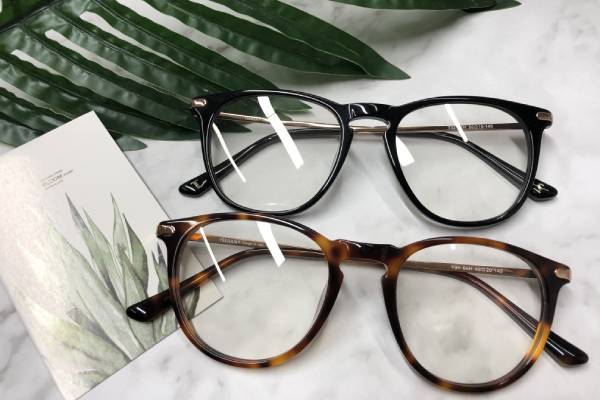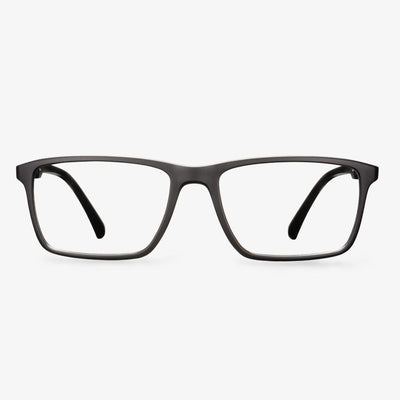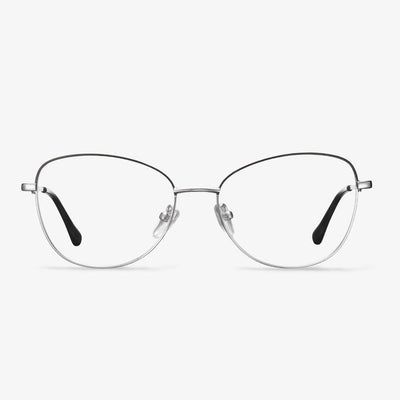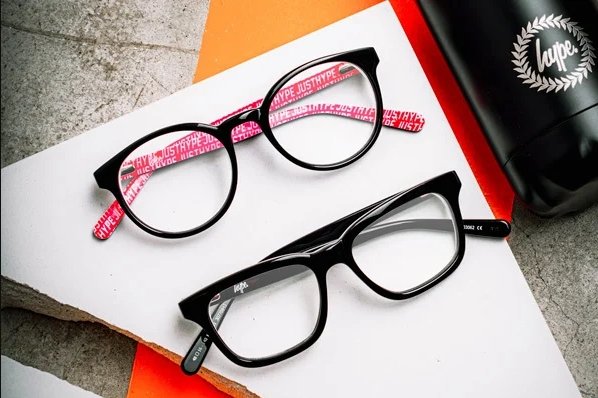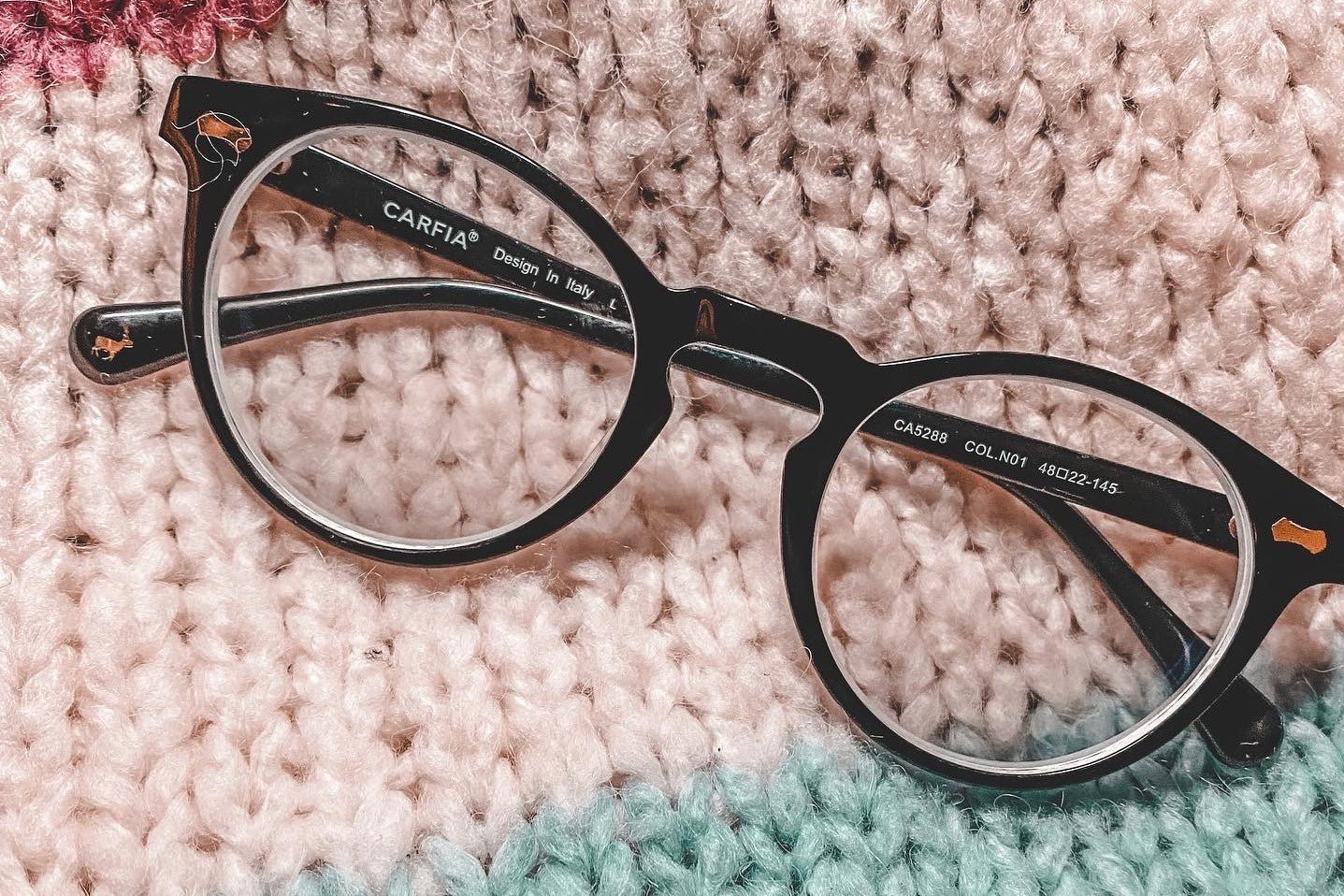What Are Rimless Glasses?
A right pair of glasses enhance your appearance as well as your vision. If you choose a pair of unsuitable glasses, they can weigh down your face and hide delicate your features. So, more and more would like to choose the right pair of glasses and many people like rimless glasses.
What are rimless glasses? From the name, you can know the meaning. It means that there are no frames on glasses. Rimless glasses can help ease eyewear apprehension by improving your vision without overhauling your look.
In addition, rimless glasses are light weight and comfortable. Because they accent your natural beauty, your features won’t get buried under a pair of rimless glasses.
Of course, there are some advantages and disadvantages of frameless glasses. So, in the following section, we will list.
TR90 glasses frame
TR90 is not easy to deform and break, and it can withstand high temperatures and strong impacts. In addition, its material is relatively light, so many young people also like such glasses frames.
What Are Progressive Lenses?
Progressive lenses are designed for people who are over 40 years old. It is a blended multi-focal lens with distance correction at the top, intermediate in the middle, and reading at the bottom. The goal is for the lens to work how your eye naturally works to let you see things both close up and far away.
Progressive lenses are made with an hourglass shape so there is some blurriness on the outer edges, but since it gives you your full range of vision, it is generally better than a bifocal despite being similar.
What does vision insurance cover?
Vision insurance and vision benefit plans usually cover the cost of annual eye exams, prescription glasses, and/or contact lenses. Vision insurance includes traditional health/medical policies and health/discount plans that provide vision benefits and cover most. Coverage will vary depending on the type of vision insurance or vision benefit plan you choose. Group vision insurance is usually provided through an employer, an organization, or a government plan like Medicare or Medicaid. If you don't qualify for any of these options, you can purchase a personal vision care plan from a vision insurance provider.
How to Adjust Glasses If They Pinch Your Nose
In some cases, glasses will pinch your nose, so you also need to adjust them, too. If the glasses frames are metal, you should simply widen the plastic nose pads using your thumbs until the frames fit comfortably. If the glasses frames are plastic, you should soak the arms of your glasses in warm water for 30-60 seconds, and gently apply upward and outward pressure on the end of the arms to get a more relaxed fit.
After that, your glasses will become more suitable.
Unfortunately, not all glasses can be adjusted by yourself at home. You can’t adjust some glasses which are based on the material of your glasses. For example, the glasses with the following material can’t be adjusted at home:
1. Aluminum alloy.
2. Memory plastic.
3. Titanium or memory titanium.
If your glasses are made of these materials, you can’t adjust them by yourself at home. If something goes worse, you need to buy a new pair of glasses. It is also risky to adjust the rimless or semi-rimless glasses by yourself at home.
As for how to tighten glasses or how to adjust glasses, you may have brief knowledge after reading this post. If your glasses are already broken or you want to get a pair of new glasses, you can try Koalaeye Optical, which is cheap and has a free shipping service.
Titanium alloy
The definition of titanium alloy is relatively broad. As long as it contains titanium material, it can be called titanium alloy. Therefore, the quality and grade of titanium alloy glasses frames are uneven, and the component of titanium alloy has a direct impact on the price of titanium alloy glasses. Titanium alloy glasses are made not to reduce the cost, but to improve the application performance of the material.
What Are Progressive Lenses?
Traditional eyeglasses are usually single vision lenses with one prescription. Progressive lenses are multiple with three prescriptions in a pair of eyeglasses. Progressive lenses let you see comfortably at different distances, allowing you to see close, near, and far without changing your glasses. There are other kinds of multifocal lenses like bifocals and trifocals, but progressive lenses differ because of their smooth transition between prescriptions.
Bifocals and trifocals work similarly to progressive lenses and feature either two or three prescriptions in a pair of glasses. These lenses have definitive lines separating the prescriptions. However, progressive lenses don’t use these lines and allow you to easily transition between prescriptions.
Hence, in the following section, we will show you 6 different types of progressive lenses.
















